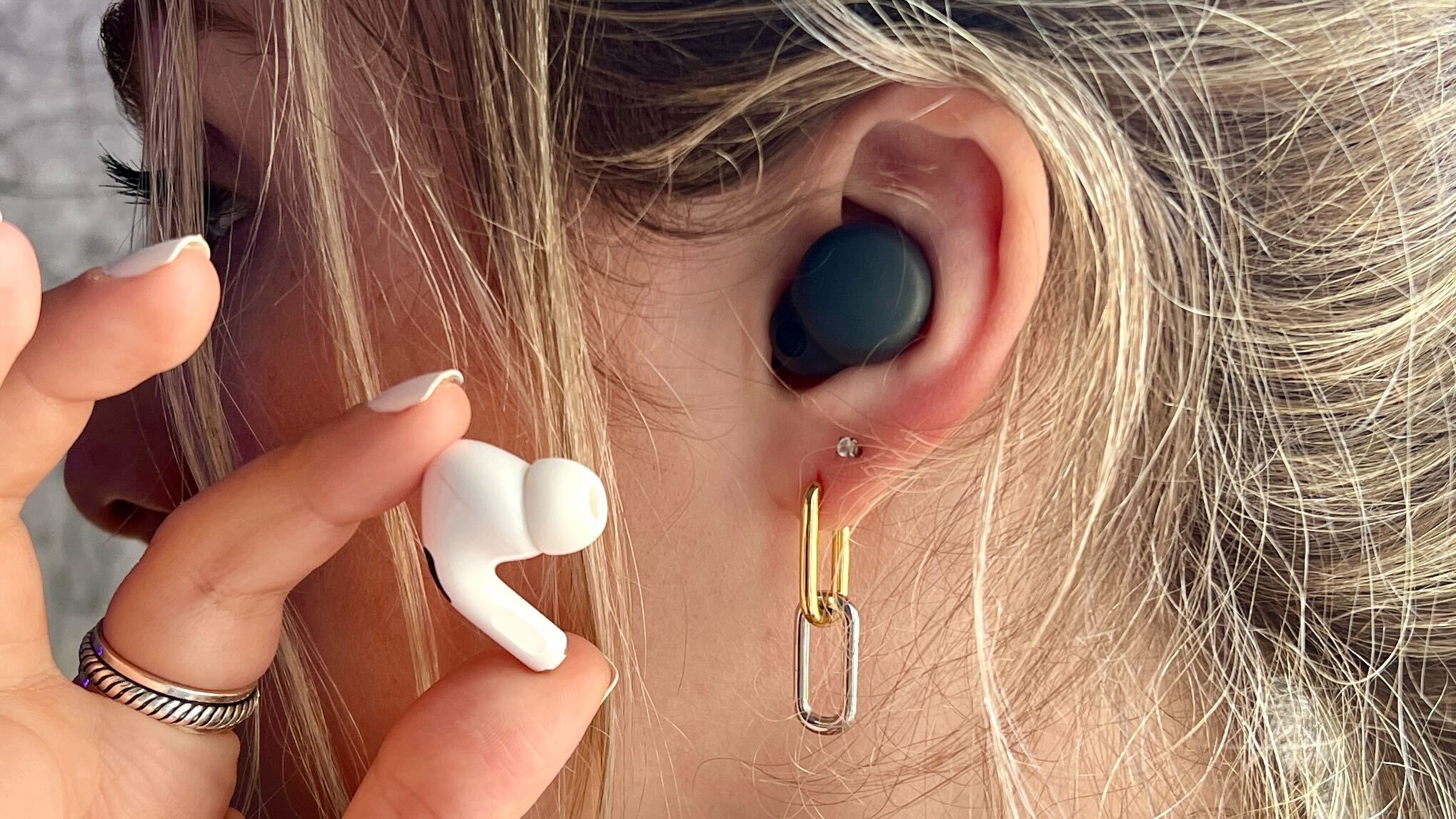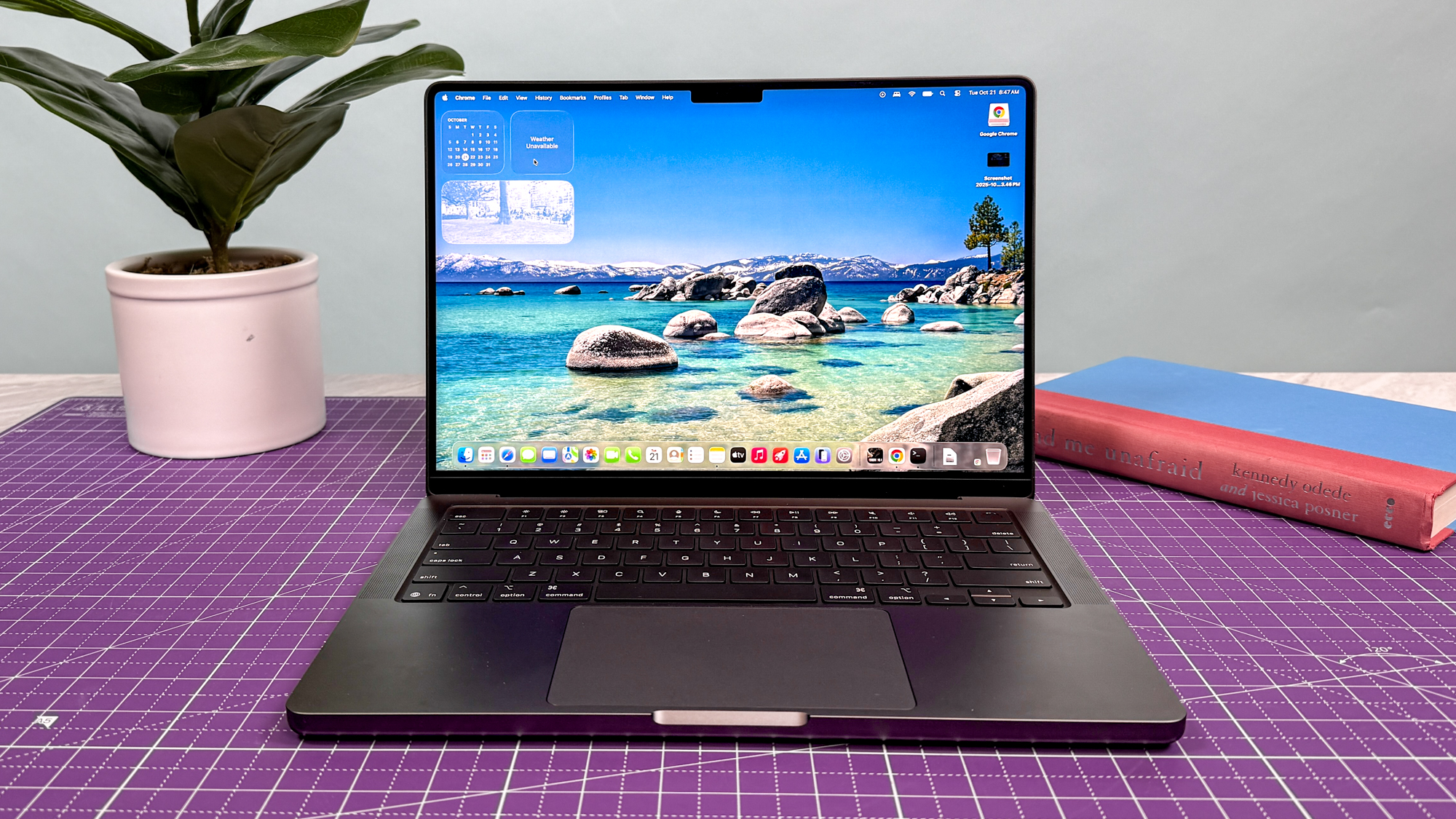Sony LinkBuds S unveiled — and they make AirPods Pro look bulky

The original Sony LinkBuds are only a few months old, but they’re already getting a new member of the family in form of the newly unveiled Sony LinkBuds S.
So what makes them special? According to Sony, they're the “world‘s smallest and lightest, noise cancelling, Hi-Res Truly wireless headphones”. At just .17 oz per bud, they’re smaller and lighter than the Apple AirPods Pro, and thanks to some smart software on Sony’s part, they can switch from noise cancellation to ambient aware mode automatically. (And they're unlikely to cause accidental hearing damage like the AirPods Pro, too.)
The idea behind the earbuds, according to Sony, is that they’ll still allow users to stay connected to their online world but can drop back into reality whenever they need to by turning on the LinkBuds’ ambient aware mode.
Sony says the headphones will be able to automatically switch from ambient aware mode to active noise cancellation based on where you are and what you’re doing, and that feature can be tweaked by an accompanying smartphone app.
In terms of audio performance, the Sony LinkBuds S feature the same DSEE Extreme technology that's used in the Sony WH-1000XM5 headphones that can restore the audio quality of low-bitrate audio from sources like Spotify and can connect to some Android devices using the LDAC codec.
Like the original Sony LinkBuds, the new LinkBuds S feature touch controls and IPX4 sweat resistance, and you’ll be able to get around 6 hours of battery life per charge with an extra 14 hours from the charging case.
The bad news? They’re going to cost slightly more than their predecessors at $199/AU$349 — comparatively, the Sony LinkBuds launched at $179/AU$319 just a few months ago and the Apple AirPods Pro are exactly the same price.
Get instant access to breaking news, the hottest reviews, great deals and helpful tips.
The extra $20/AU$30 should get you active noise cancellation — a feature that typically comes with true wireless earbuds in this price range — and access to the LDAC audio codec. On paper, that’s a fair trade, but will be more appealing for folks who have an LDAC-compatible smartphone.

Nick Pino heads up the TV and AV verticals at Tom's Guide and covers everything from OLED TVs to the latest wireless headphones. He was formerly the Senior Editor, TV and AV at TechRadar (Tom's Guide's sister site) and has previously written for GamesRadar, Official Xbox Magazine, PC Gamer and other outlets over the last decade. Not sure which TV you should buy? Drop him an email or tweet him on Twitter and he can help you out.
